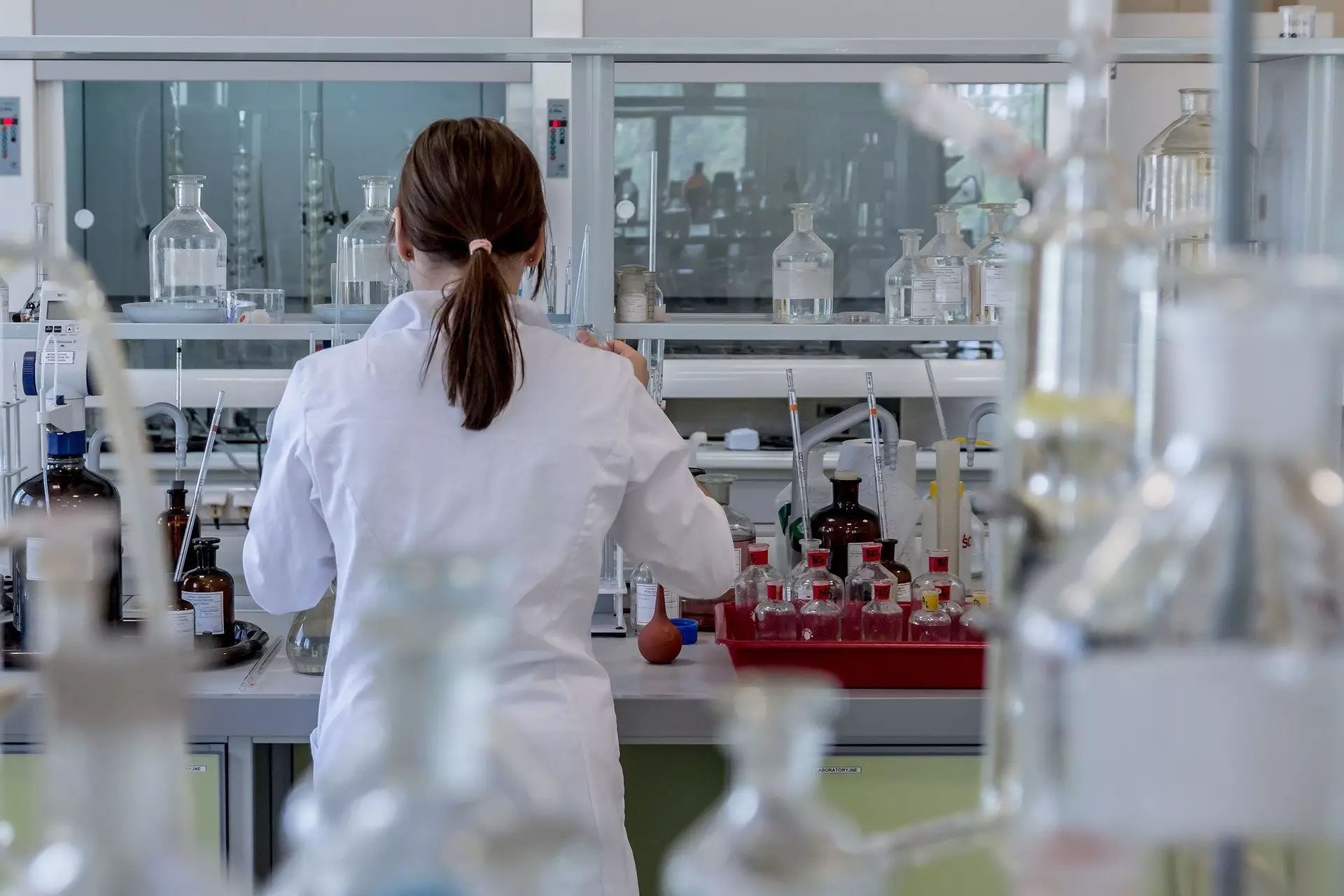Artificial intelligence (AI) has been rapidly gaining significance in the field of chemical research, providing new avenues to tackle complex challenges that traditional approaches struggle with. Within the realm of AI, machine learning has emerged as a dominant subtype in chemistry, utilizing algorithms and statistical models to make decisions based on data and perform tasks that were not explicitly programmed. However, a major limitation of machine learning in chemical research is the requirement of large datasets. This constraint poses a difficulty when data availability is limited. Fortunately, scientists from the team of Berend Smit at EPFL have discovered a groundbreaking solution using large language models like GPT-3, which are pre-trained on vast volumes of text and possess remarkable capabilities in understanding and generating human-like text. The recently published study in Nature Machine Intelligence introduces a novel approach that significantly simplifies chemical analysis using AI.
Contrary to initial skepticism, the researchers did not directly pose chemical questions to GPT-3. Since GPT-3 has not encountered most chemical literature, the answers it provides are often restricted to information available on Wikipedia. Instead, the scientists fine-tuned GPT-3 using a small dataset converted into questions and answers, effectively creating a new model capable of delivering accurate chemical insights. The process involved feeding GPT-3 a curated list of Q&As specific to the desired chemical analysis. For instance, when investigating high-entropy alloys, it is crucial to determine whether an alloy occurs in a single phase or exhibits multiple phases. The curated Q&As had the format: Q= ‘Is the (name of the high entropy alloy) single phase?’ A= ‘Yes/No.’ By using known answers from the literature, GPT-3 was trained to respond to these questions accurately with binary answers.
Remarkably, even with a relatively small number of Q&As, the trained GPT-3 model demonstrated an impressive accuracy rate of over 95% when providing answers to diverse chemical problems. In many cases, the AI model surpassed the accuracy of cutting-edge machine learning models currently employed in chemical research. This groundbreaking methodology is as simple as conducting a literature search, thereby transforming the landscape of chemical research planning and execution. The ability to obtain precise answers to pertinent questions such as “Is the yield of a [chemical] made with this (recipe) high?” has the potential to revolutionize the field.
One of the most notable aspects of the study is the simplicity and speed with which the approach developed by lead researcher Kevin Jablonka can be employed. Traditional machine learning models necessitate months of development and extensive knowledge. In contrast, Jablonka’s method takes a mere five minutes and requires no prior knowledge. This efficient and accessible approach accelerates the integration of AI into chemical research, making it a valuable tool for researchers around the world.
The implications of this study cannot be understated, as it introduces a groundbreaking method that is as simple as conducting a literature search. This approach has broad applicability across various chemical problems. By formulating specific questions and receiving accurate answers, researchers can swiftly plan and execute chemical research projects. This newfound capability has the potential to streamline and advance numerous areas of chemical research, further propelling scientific discovery and innovation in the field.
The emergence of AI, particularly within the sphere of machine learning, has revolutionized the landscape of chemical research. By utilizing large language models like GPT-3, scientists have found an ingenious solution to the limitations imposed by small chemical datasets. The ability to fine-tune GPT-3 with curated Q&As has led to a model that can accurately answer critical chemical questions. Furthermore, the simplicity and efficiency of this AI approach significantly reduce the time and knowledge required for chemical analysis. These advancements have profound implications for the future of chemical research, as they enable researchers to easily access and utilize AI for various applications. With the integration of AI into the realm of chemical research, scientists are poised to embark on remarkable discoveries and advancements that were previously unattainable.


Leave a Reply